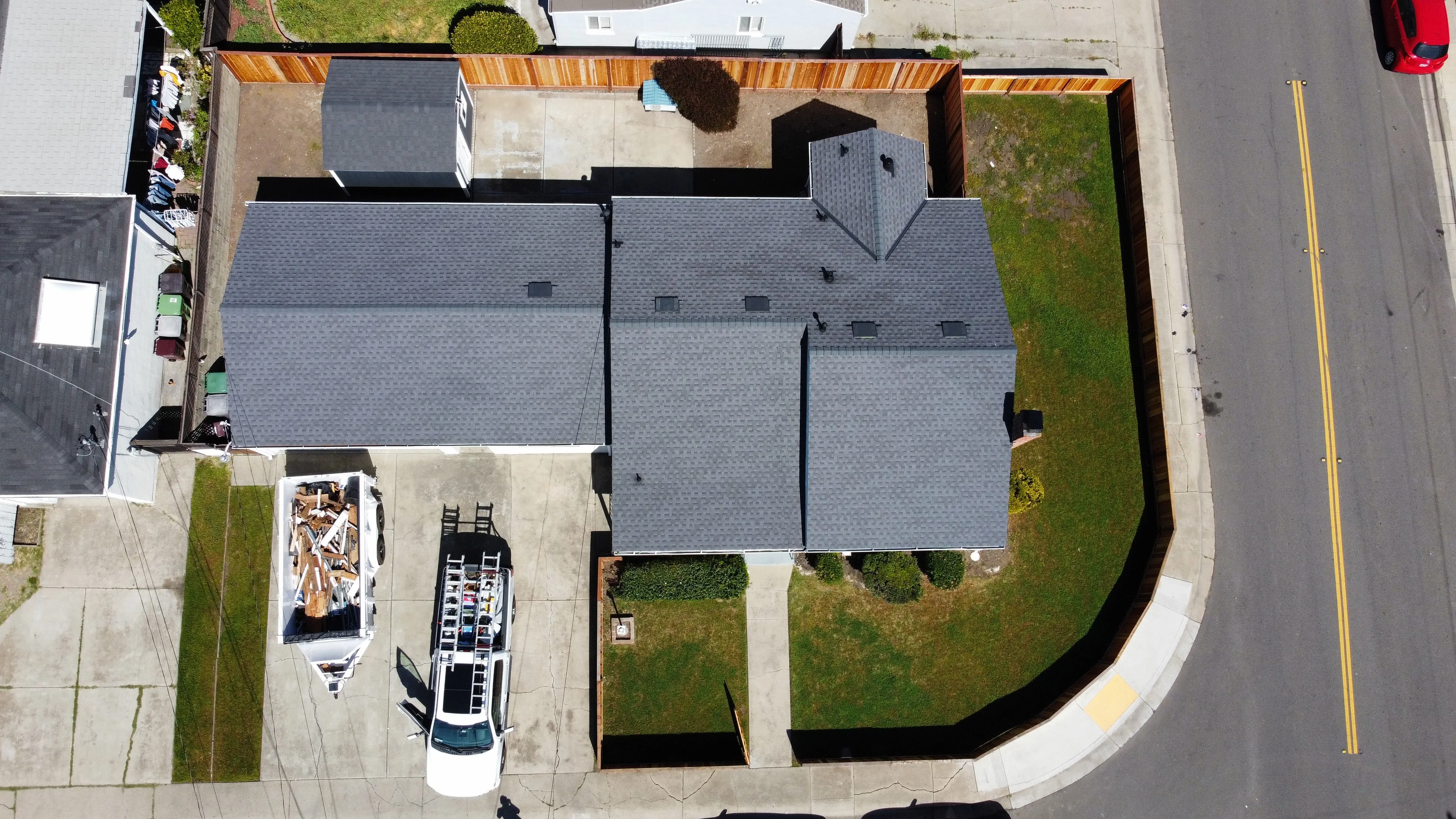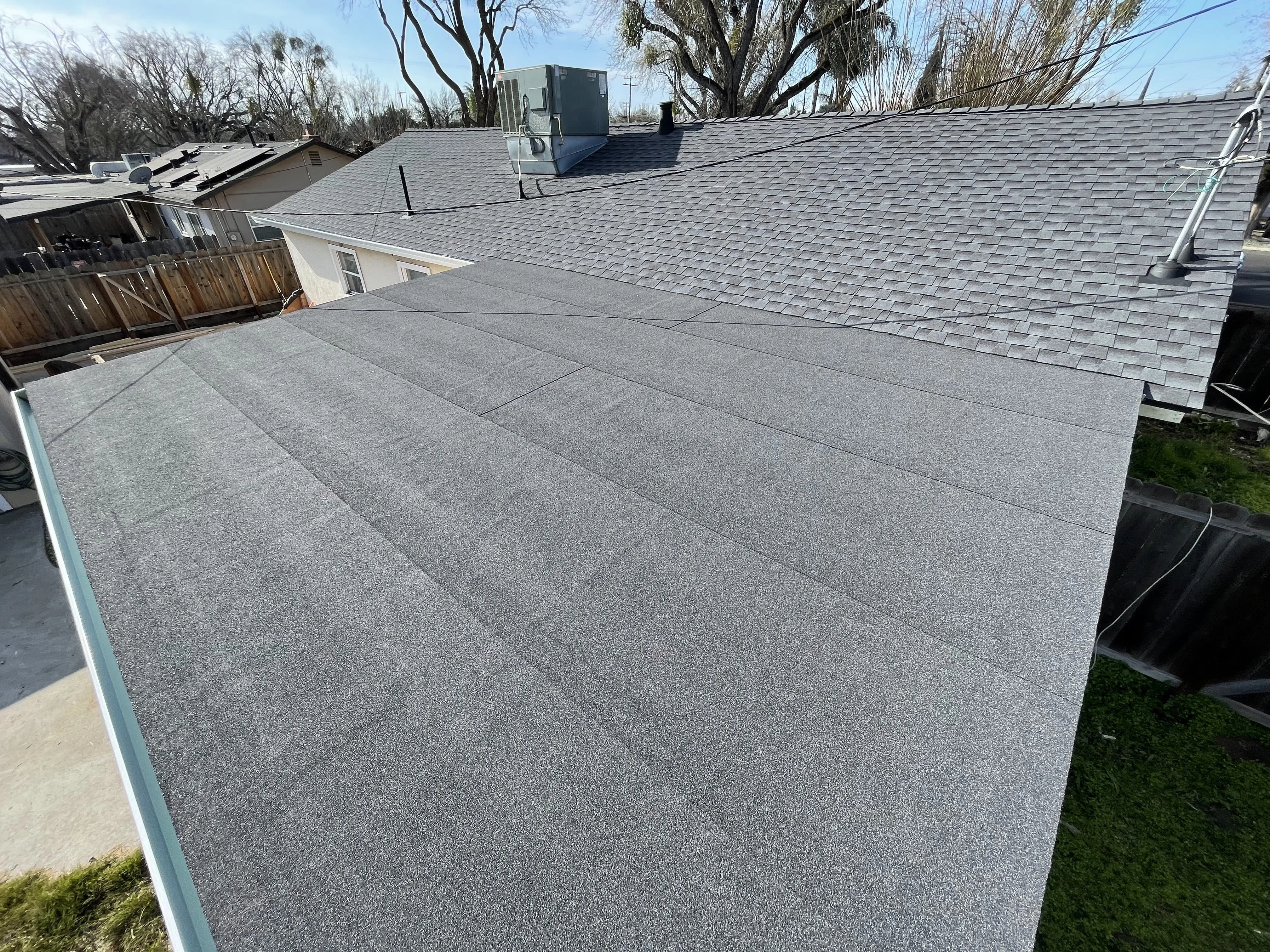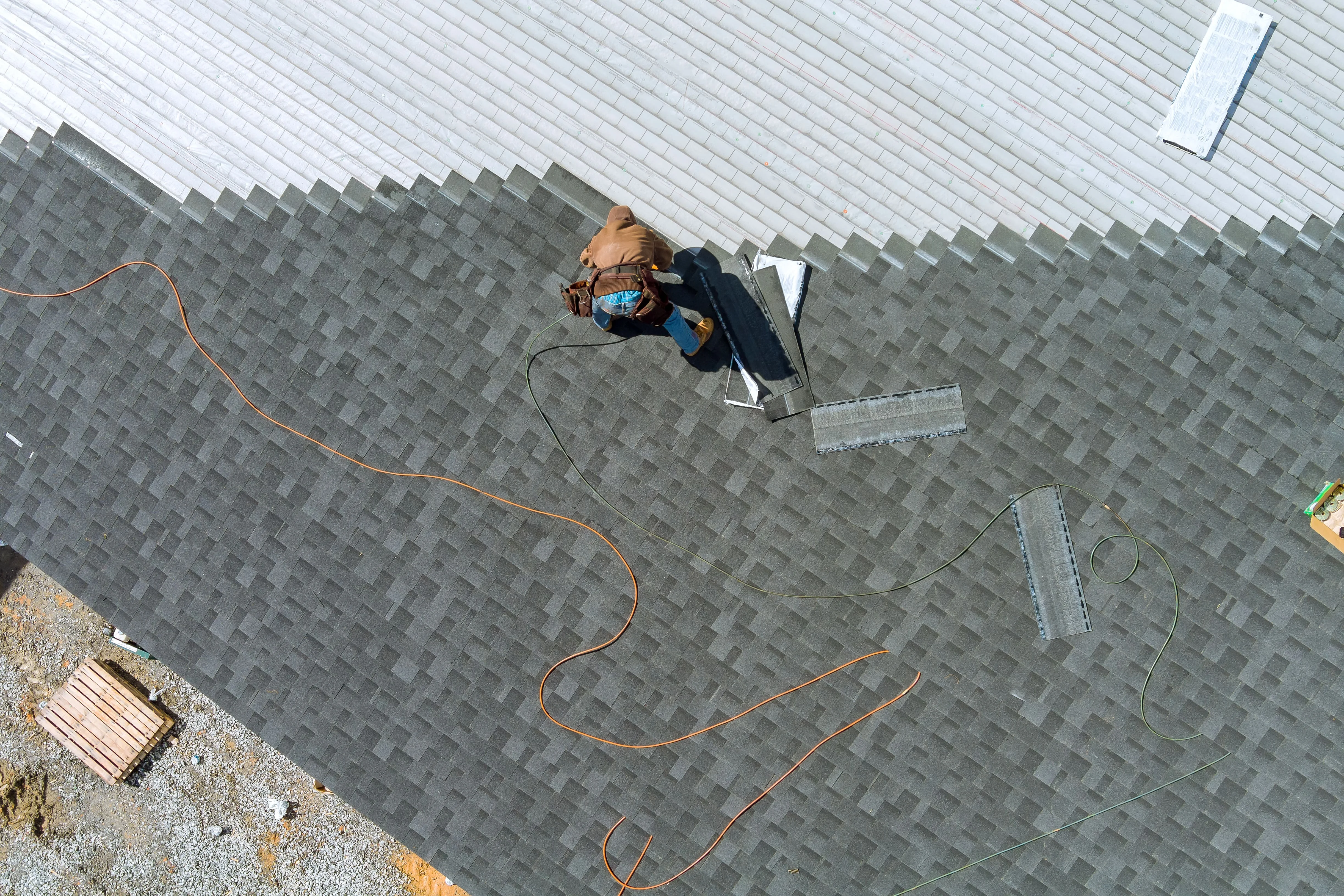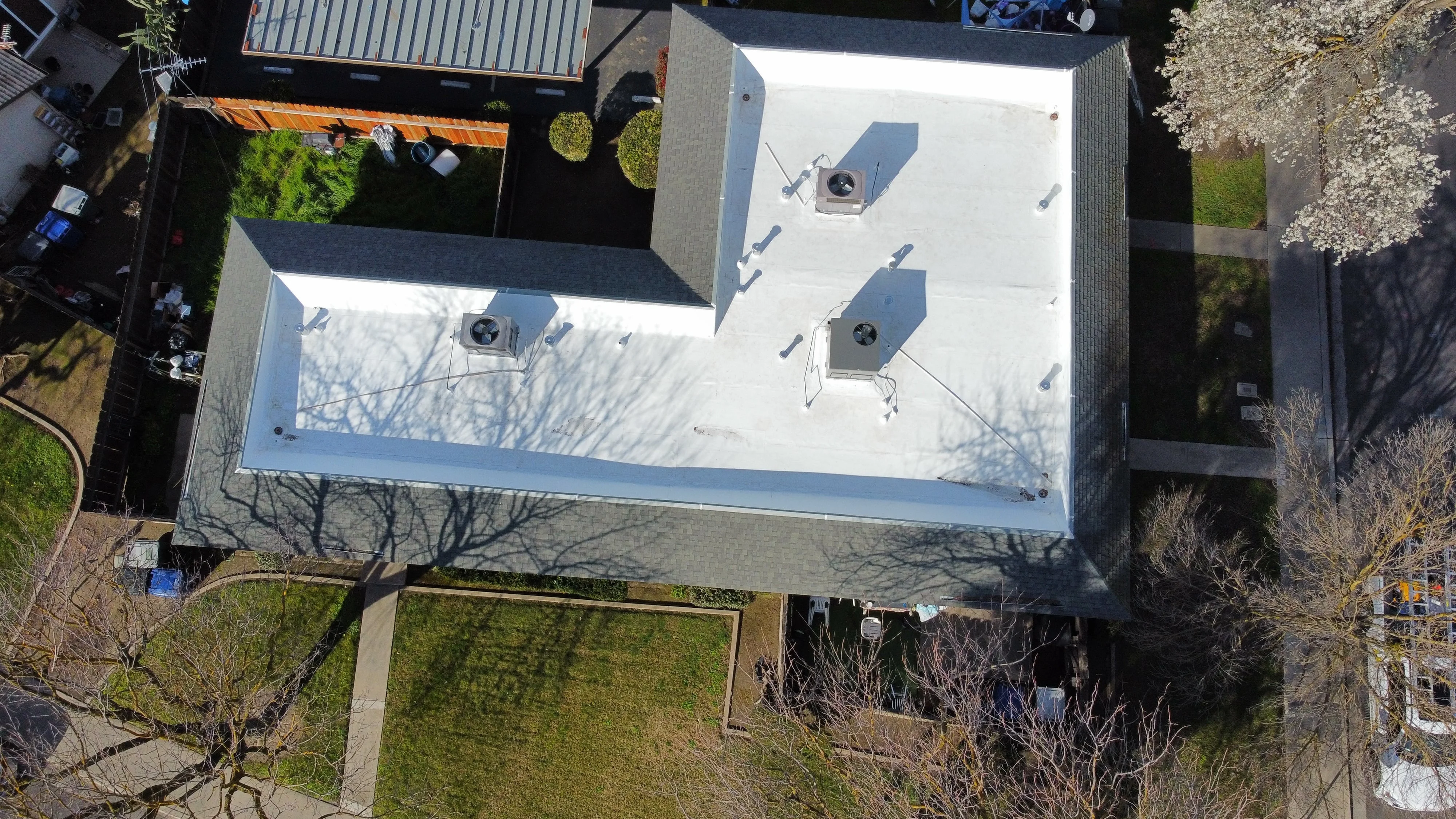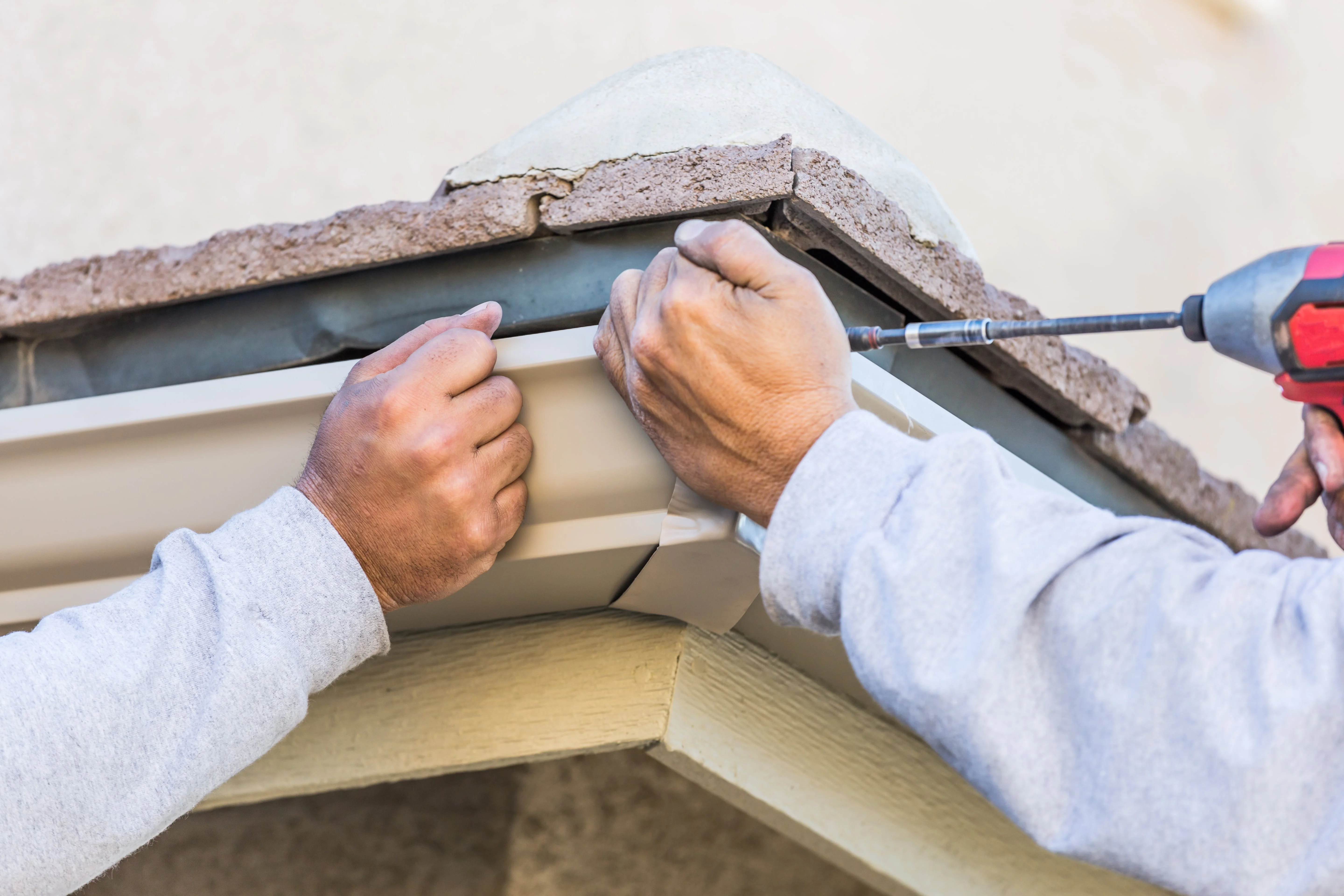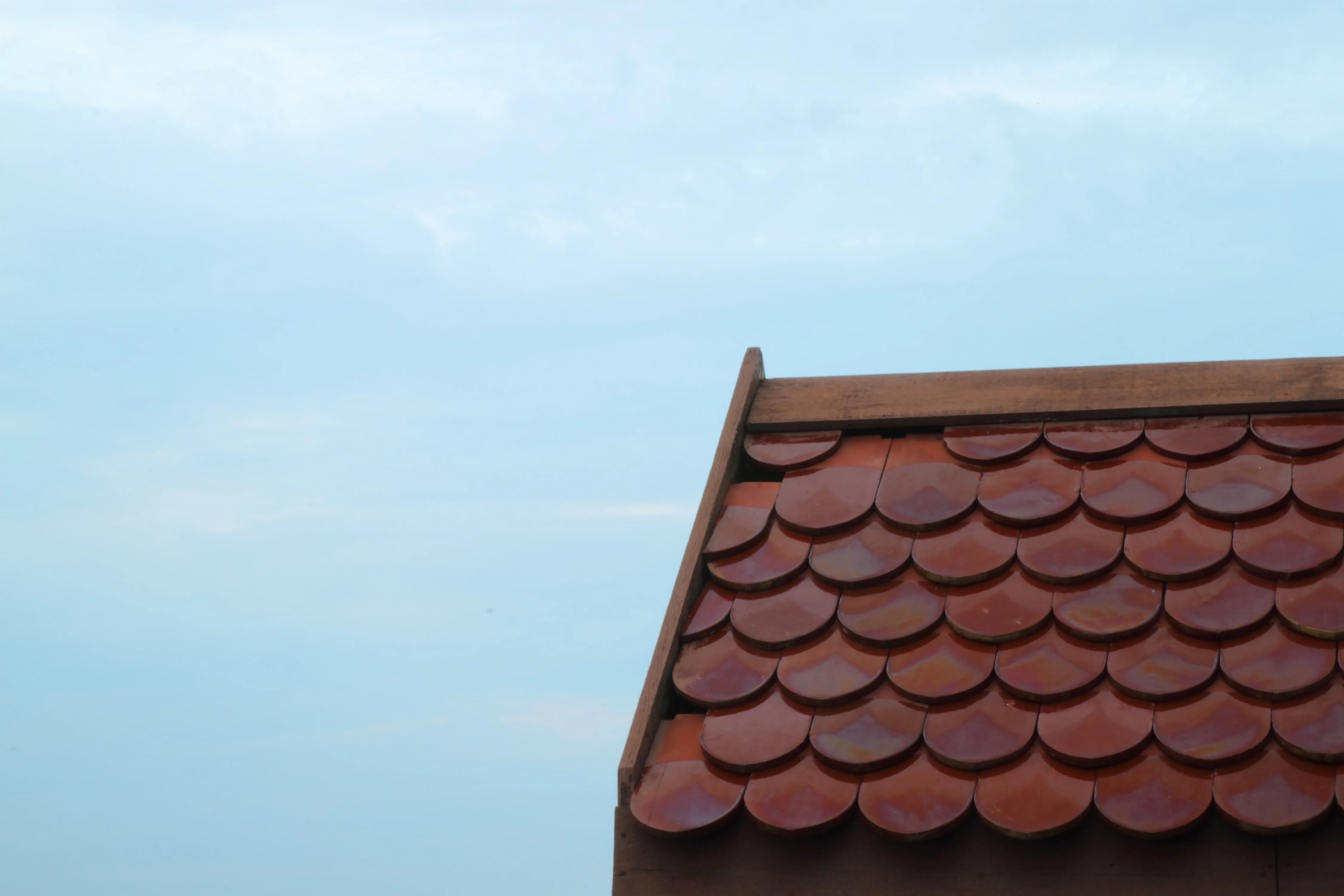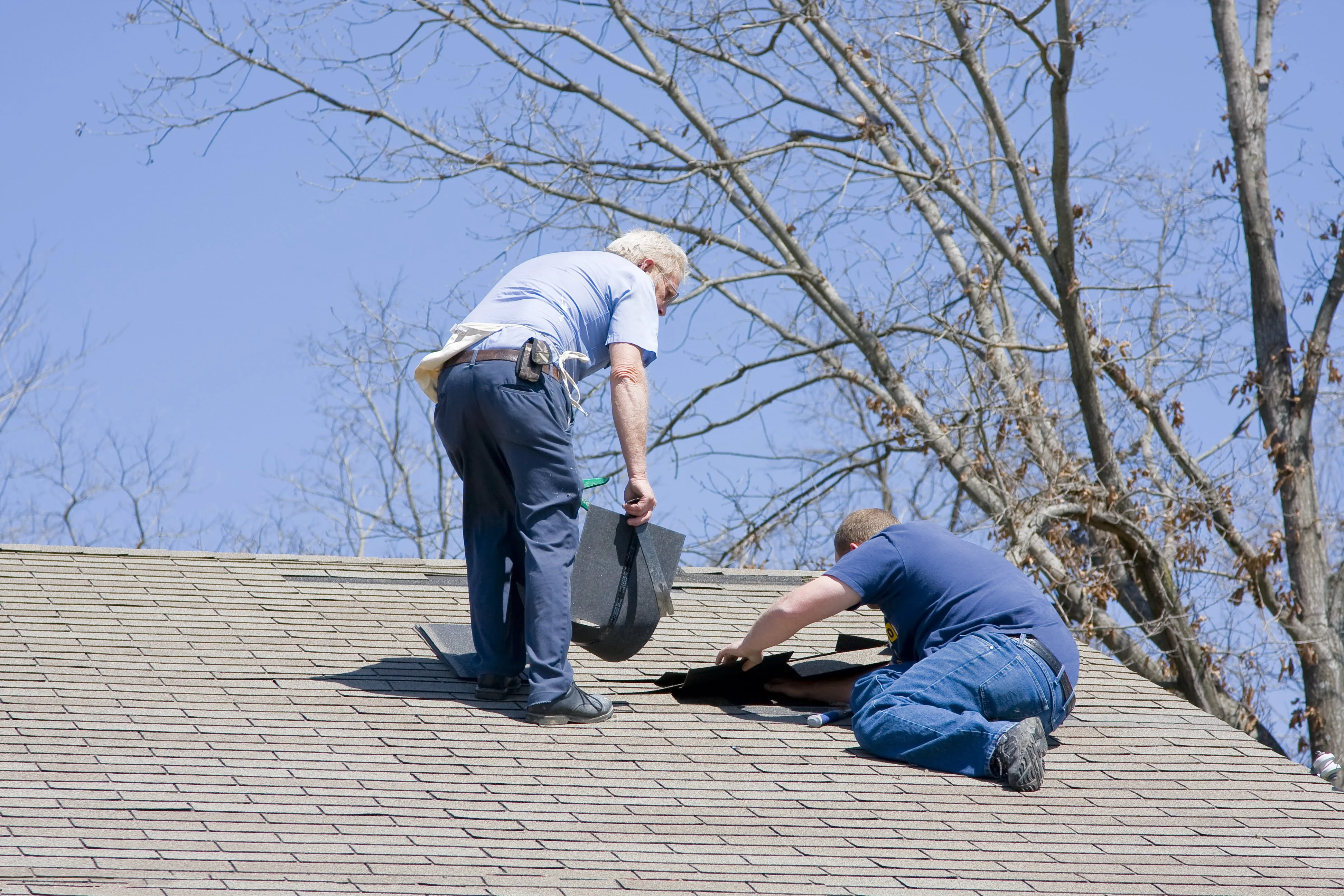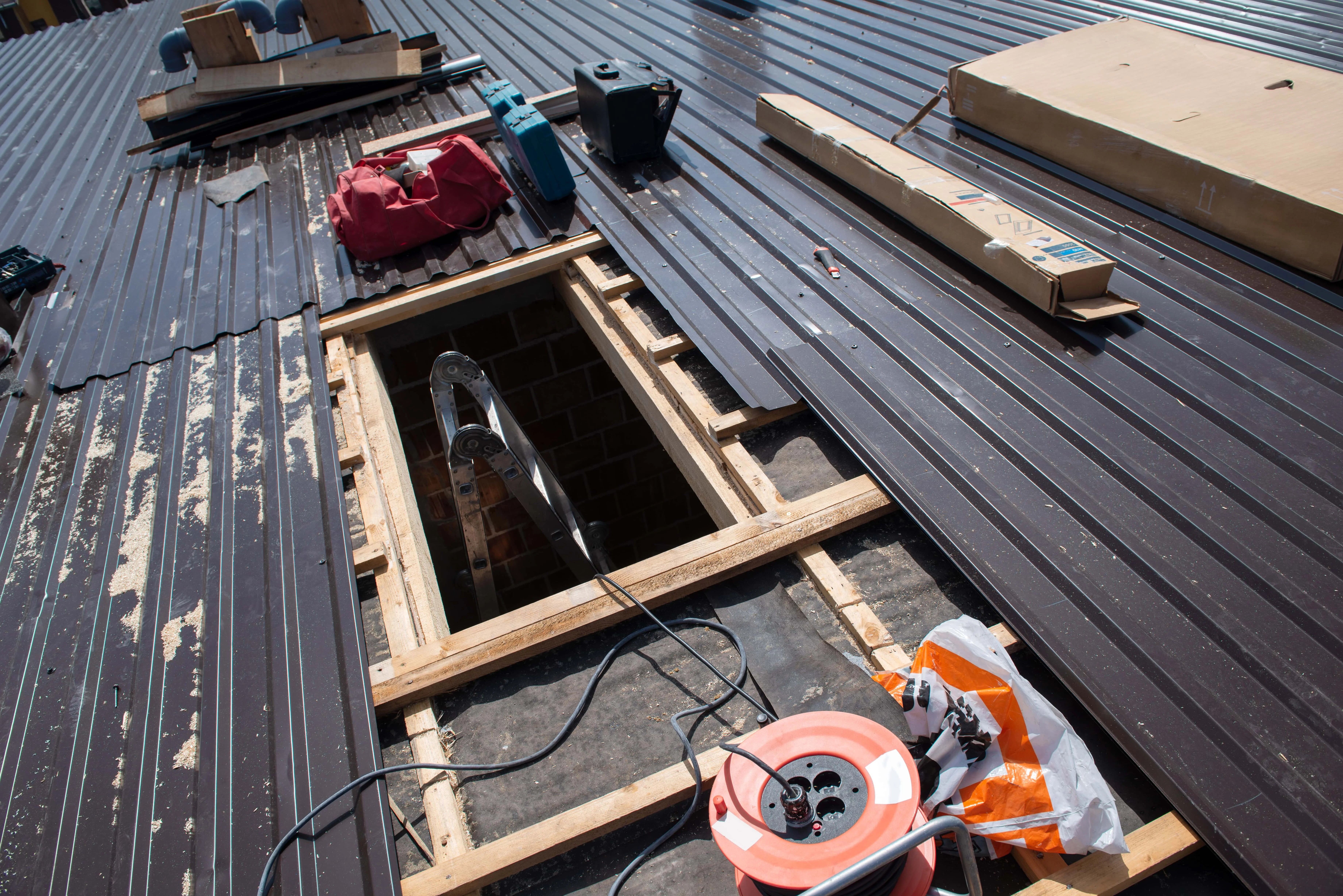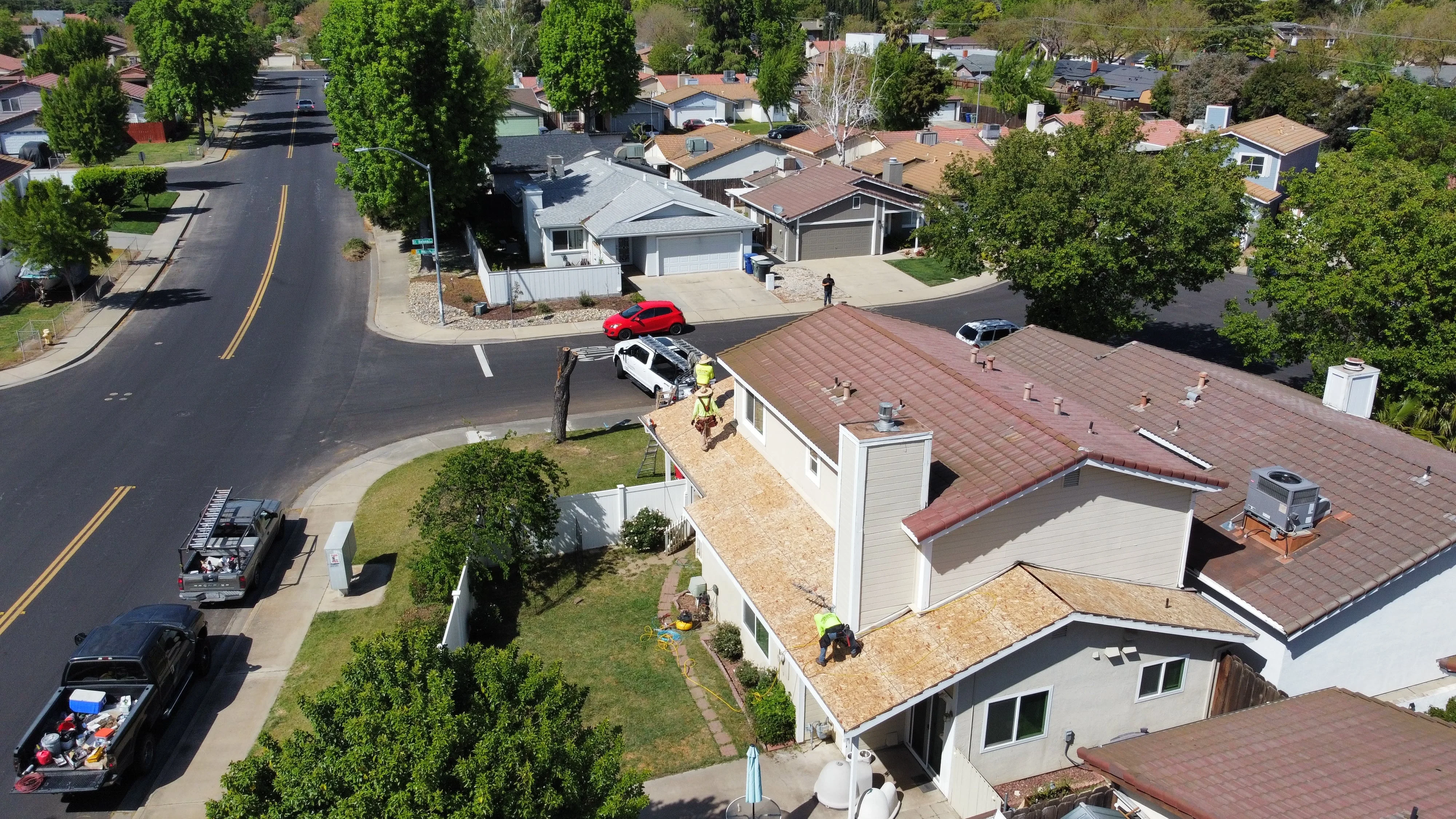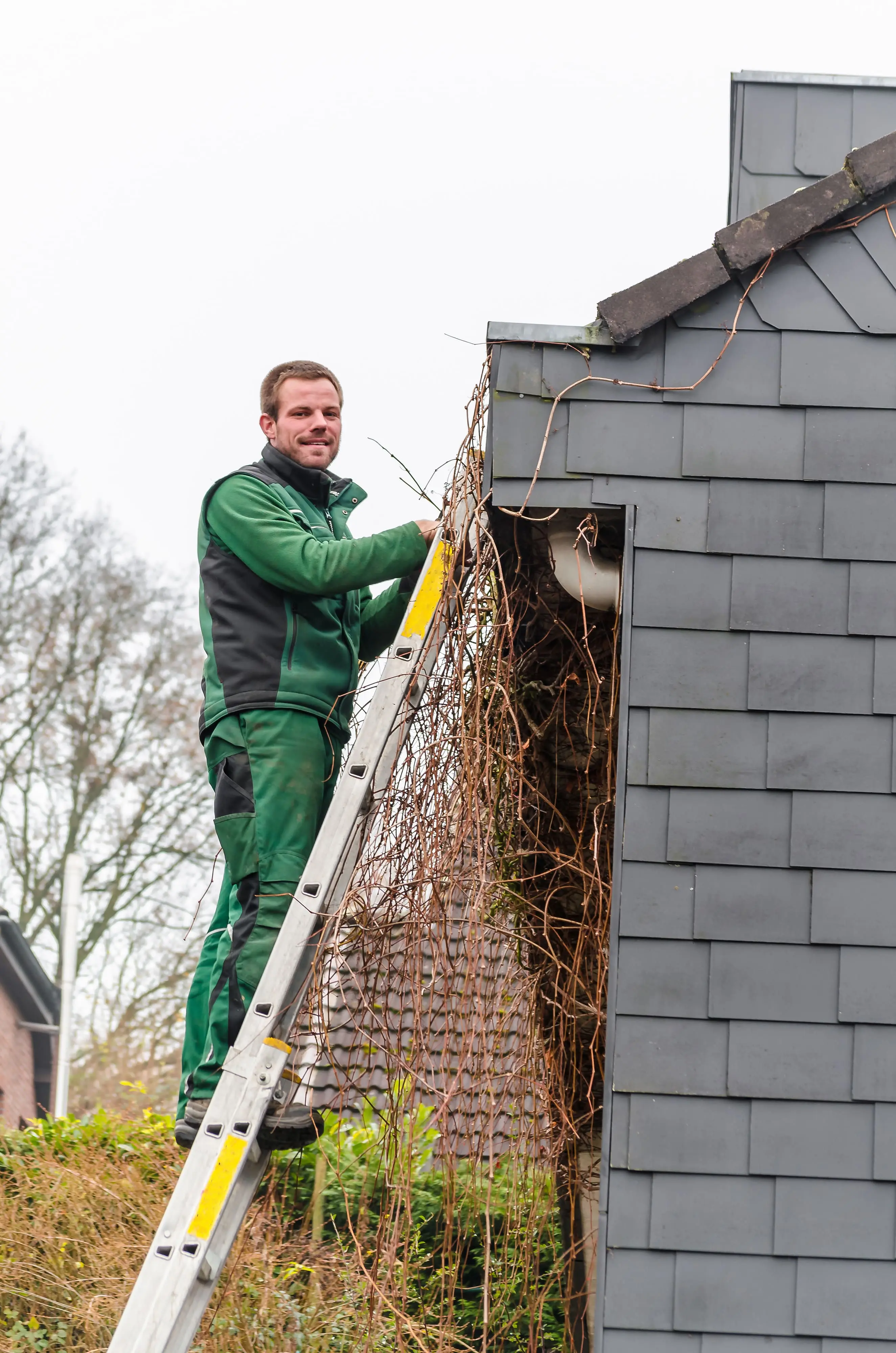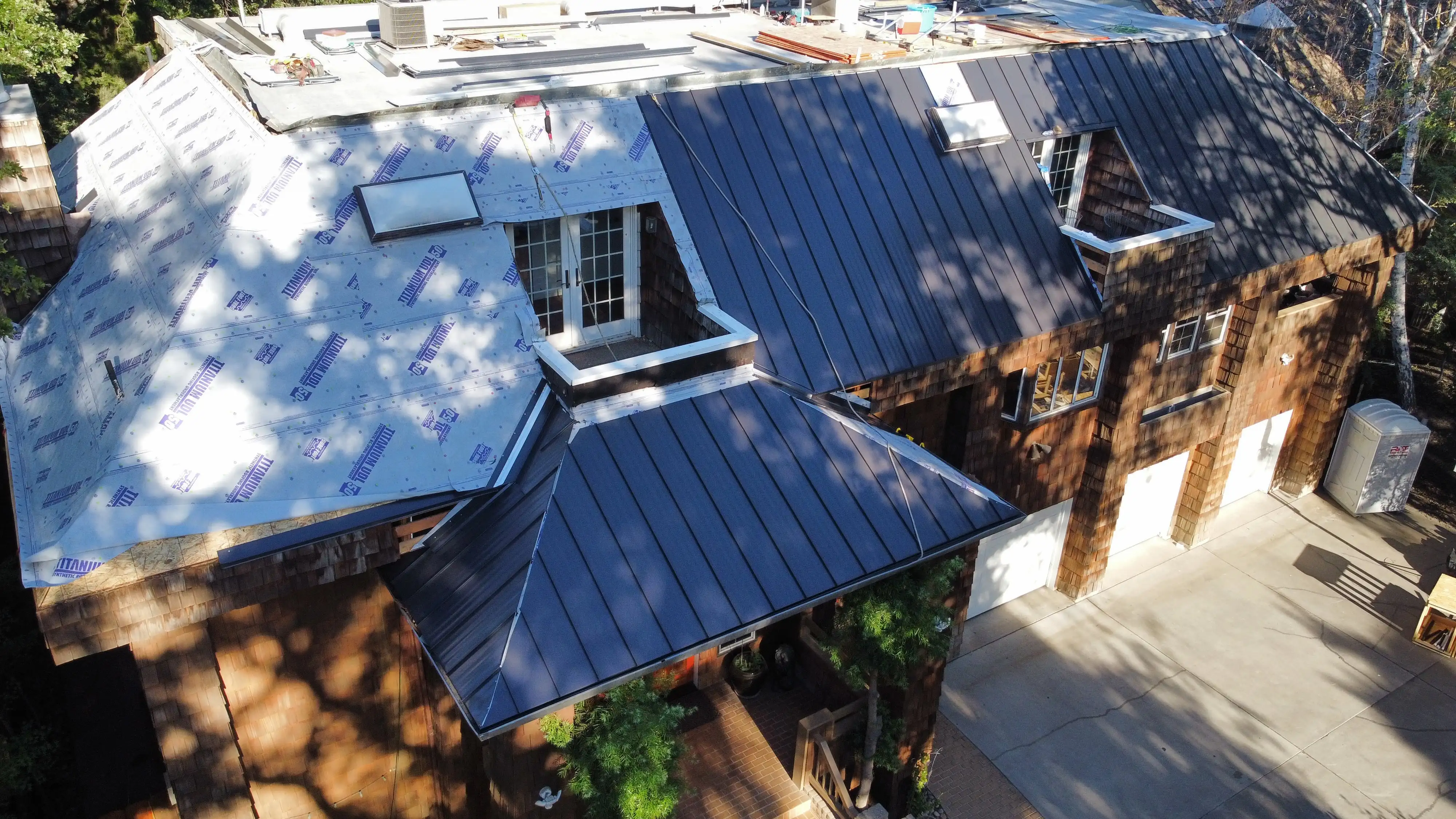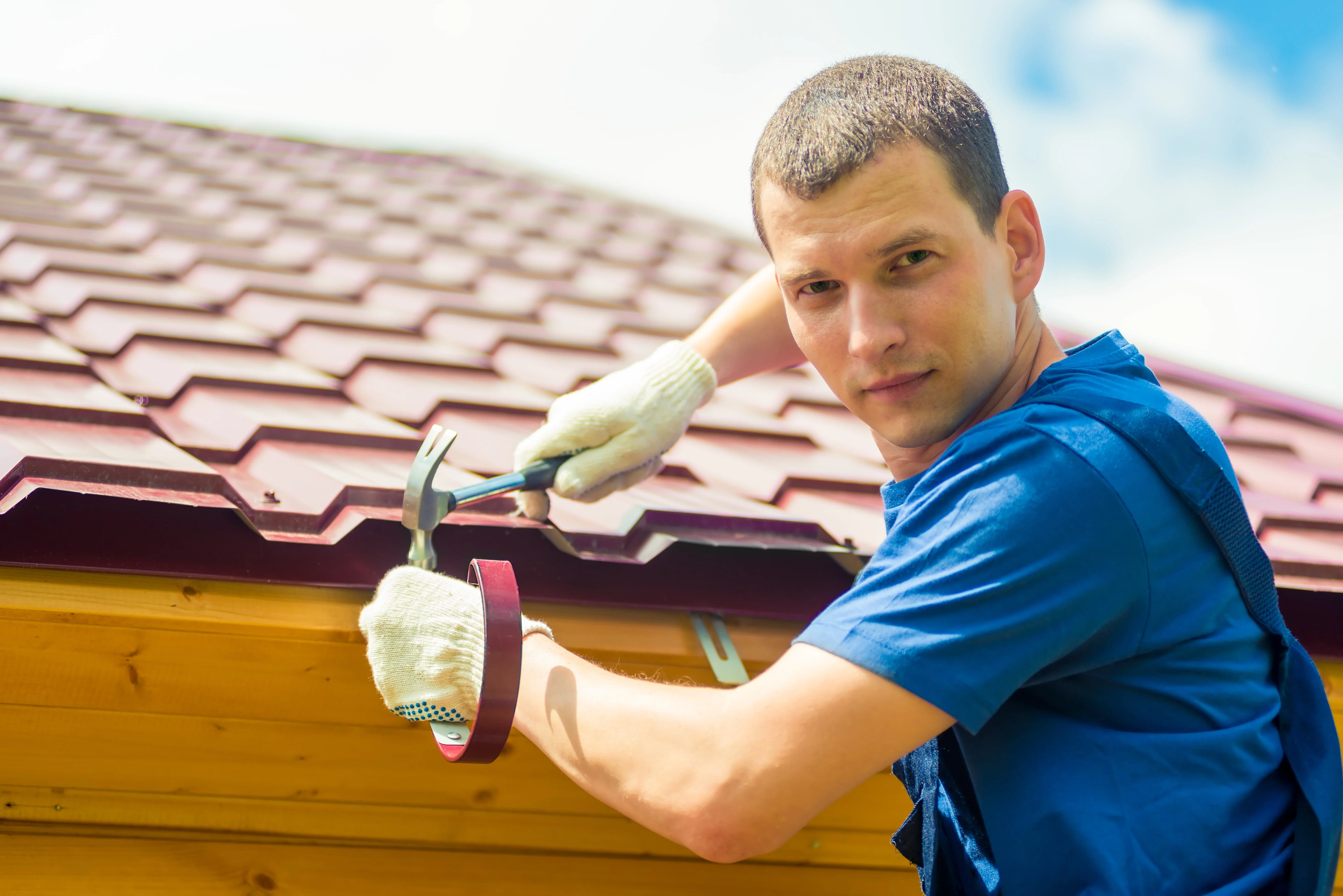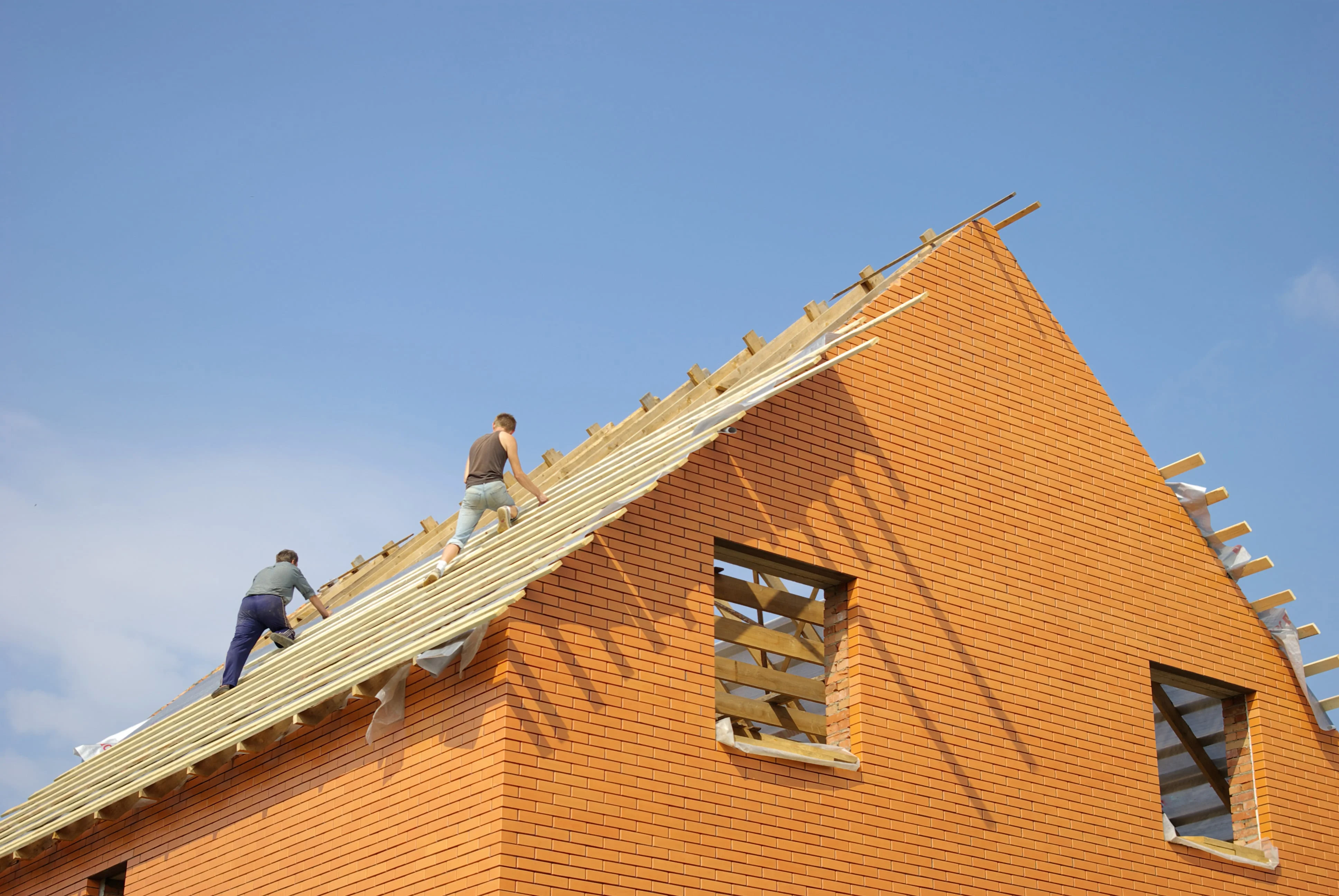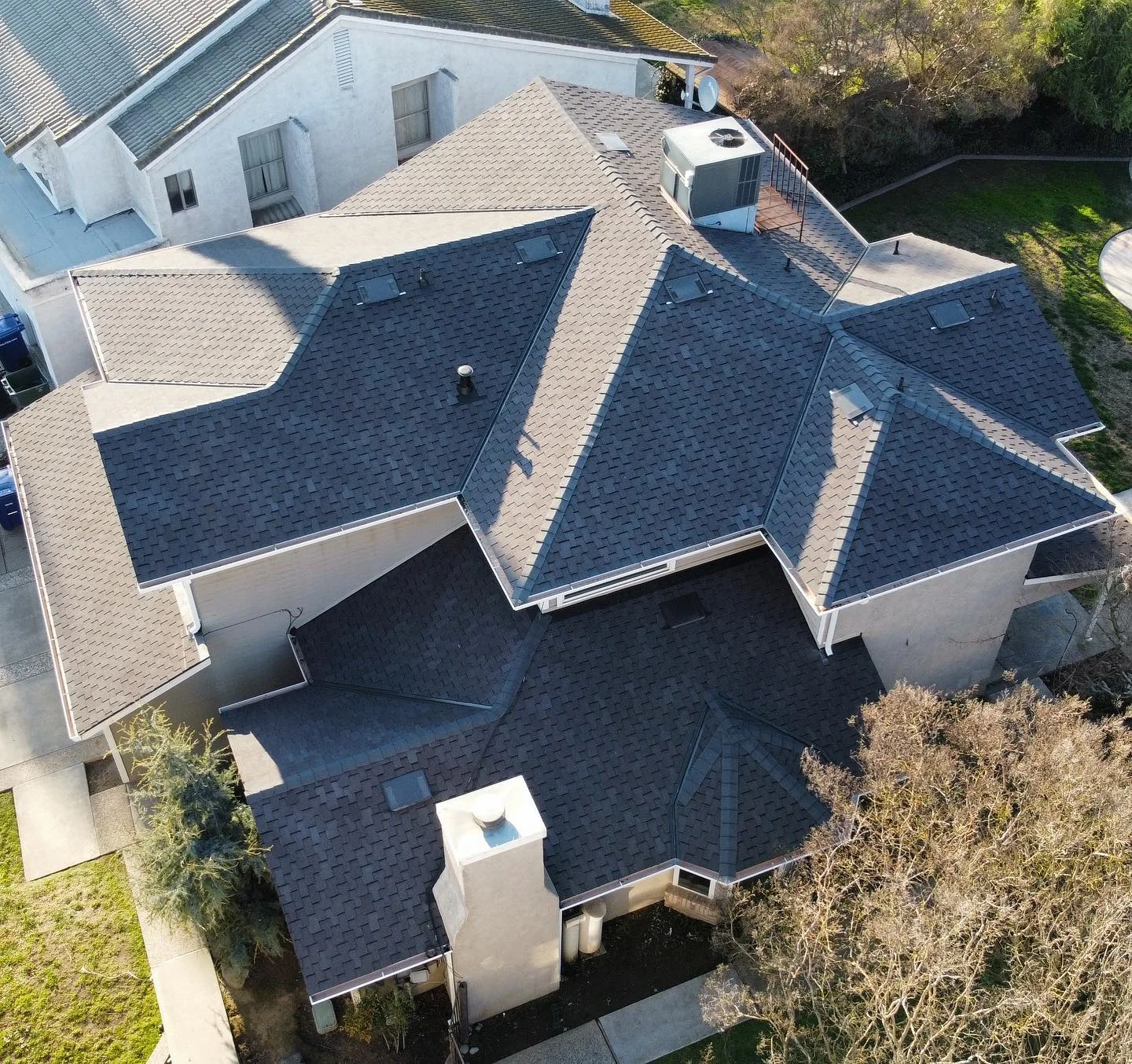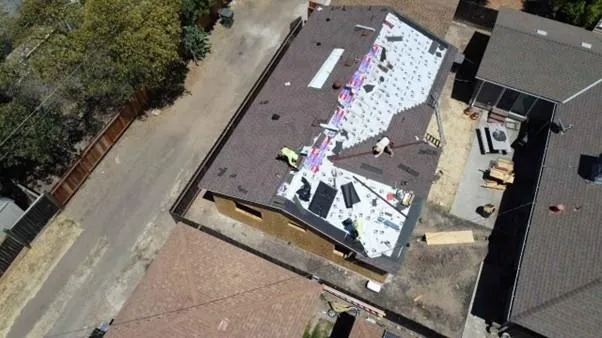
Top 7 Signs Your Home Needs Immediate Roof Repair
Your roof is one of the most critical parts of your home—it protects you from the elements, insulates your space, and preserves your property’s structural integrity. But like anything exposed to the weather day in and day out, it won’t last forever. Small issues can escalate quickly, leading to leaks, mold, and even costly structural damage.
The good news? If you catch the signs early enough, you can often avoid a full roof replacement and instead opt for timely repairs. In this article, we’ll walk you through the top 7 warning signs that your home needs immediate roof repair modesto , and what steps to take before the damage gets worse.
1. Water Stains on Ceilings or Walls
One of the most obvious and urgent indicators of roof trouble is visible water damage inside your home. If you see dark patches, yellowish rings, or bubbling paint on your ceilings or walls, it usually means that water is leaking through the roof and seeping into your home.
Why it’s serious:
Water weakens drywall and insulation
Mold can begin forming in less than 48 hours
Structural wood components may begin rotting
What to do:
Inspect your attic for wet insulation or dripping
Call a roofing contractor immediately for leak detection
Dry out affected areas to prevent mold growth
2. Missing, Cracked, or Curling Shingles
Your shingles are the first line of defense against rain, snow, and UV rays. Over time, they can become cracked, loosened, or curl at the edges, especially after heavy storms or years of sun exposure.
Why it’s serious:
Missing shingles leave your roof deck vulnerable to water
Curling and cracked shingles reduce waterproofing ability
Shingle problems are often a precursor to deeper roof issues
What to do:
Do a visual inspection from the ground (or use binoculars)
Check your yard for fallen shingle pieces
Replace damaged shingles as soon as possible to prevent leaks
3. Sagging or Drooping Rooflines
If you notice any part of your roof sagging, drooping, or forming a curve, that’s a red-alert situation. This indicates underlying structural damage, often due to prolonged water exposure, rot, or poor initial installation.
Why it’s serious:
It’s a sign that your roof’s structural integrity is compromised
Can lead to partial or full roof collapse if ignored
May also impact your home’s foundation due to improper water runoff
What to do:
Avoid walking on or near the affected area
Call a licensed roofing contractor for an emergency inspection
Plan for significant repairs or structural reinforcement
4. Persistent Roof Leaks
Have you placed a bucket under a ceiling drip one too many times? Ongoing leaks—even small ones—are not normal and should never be ignored.
Why it’s serious:
Even minor leaks can cause insulation to become soggy and ineffective
Leaks often hide deeper water damage that isn’t visible yet
Moisture encourages mold, which can affect indoor air quality
What to do:
Track the location of the leak inside your home
Check the attic for wet spots during rain
Schedule a roofing assessment immediately—leaks rarely fix themselves
5. Moss, Mold, or Algae Growth on the Roof
Green patches of moss or dark streaks on your roof may seem harmless, but they’re actually signs of long-term moisture retention—a condition that can erode roofing materials over time.
Why it’s serious:
Moss traps water, weakening shingles and promoting rot
Mold can spread to attic insulation and affect your family’s health
Algae deteriorates shingles and accelerates roof aging
What to do:
Clean minor moss growth with a roof-safe solution
Install zinc or copper strips to prevent future growth
If mold has reached interior spaces, call a remediation expert
6. Granules in Your Gutters
Check your gutters and downspouts for sand-like granules—these are typically shed from asphalt shingles as they age. While a few granules are normal, a heavy build-up is a sign your roof is deteriorating fast.
Why it’s serious:
Granules protect shingles from UV damage
Loss of granules means your roof is losing its protective layer
It's a strong sign your roof is nearing the end of its lifespan
What to do:
Clean out your gutters and inspect the collected debris
If granules keep showing up after rainstorms, schedule a roof inspection
Consider budgeting for repairs or replacement if your roof is over 15 years old
7. Your Roof is Over 20 Years Old
Even if your roof looks fine from the ground, age alone can be a warning sign. Most asphalt shingle roofs last between 15 and 25 years depending on installation quality, weather, and maintenance.
Why it’s serious:
Materials naturally weaken with age
Roof systems may no longer meet current building codes
Insurance claims are often denied if damage occurs due to an aged roof
What to do:
Review your roof’s installation date if available
Have a professional conduct an annual inspection after year 15
Be proactive—don’t wait for leaks to confirm what age already suggests
Bonus: Sudden Increase in Energy Bills
Unusually high energy bills? Poor attic insulation and ventilation—often caused by roof damage—can let heat in during summer and out during winter, causing HVAC systems to work harder.
Tip: A roofing contractor can inspect your ventilation system and insulation to ensure your home is energy efficient.
What to Do If You Spot These Warning Signs
If you've noticed any of the signs above, here’s what to do next:
Document everything – Take photos of any damage or visible issues.
Schedule an inspection – A licensed roofing professional can identify the scope and urgency.
Request estimates – Get multiple quotes to compare repair options.
Take action quickly – Waiting increases both repair cost and structural risk.
Final Thoughts
Your roof is your home’s silent protector—but it can only do its job if you pay attention to the signals it’s sending. Whether it's curling shingles, persistent leaks, or a sagging structure, the sooner you take action by consulting a trusted , roofing company in modesto the less damage you’ll face and the more money you’ll save.
By staying vigilant and addressing issues early, you can extend the life of your roof, protect your home's value, and keep your family safe and dry—year-round.
Frequently Asked Questions (FAQ)
1. How do I know if my roof needs immediate repair?
If you notice water stains on your ceilings, missing or curled shingles, leaks during rain, sagging rooflines, or moss and mold growth, and your roof likely needs immediate attention. These signs suggest your roof’s protective barrier is compromised and may lead to more serious damage if left unrepaired.
2. Can I inspect my roof myself?
Yes, but only from the ground or using binoculars. Look for loose shingles, discoloration, sagging, and debris build-up. Avoid climbing onto the roof unless you’re trained and have proper safety gear. For a full assessment, it’s best to hire a licensed roofing contractor.
3. How long can I wait before fixing a roof leak?
You should not wait at all. Even a small leak can cause extensive damage to drywall, insulation, electrical systems, and structural wood within days. Delaying repairs increases your risk of mold growth and higher repair costs.
4. Are roof repairs covered by home insurance?
Most homeowner’s insurance policies cover roof damage from sudden events such as storms, hail, or fallen trees. However, they usually don’t cover issues caused by normal wear and tear or neglect. Check your policy and document all damage when filing a claim.
5. What is the average cost of roof repair?
Roof repair costs can vary widely depending on the severity of the damage. Minor repairs may cost between $150 to $500, while more extensive repairs can run $1,000 to $3,000 or more. Emergency repairs and structural damage will increase the cost.


